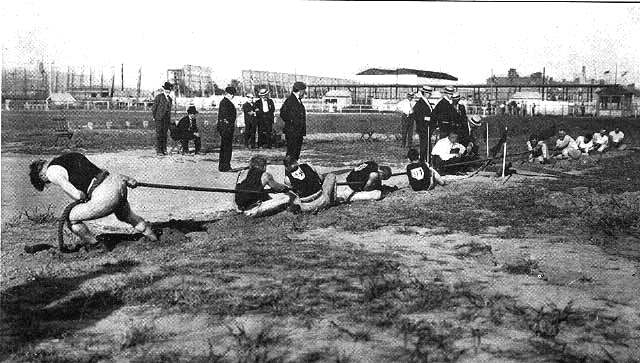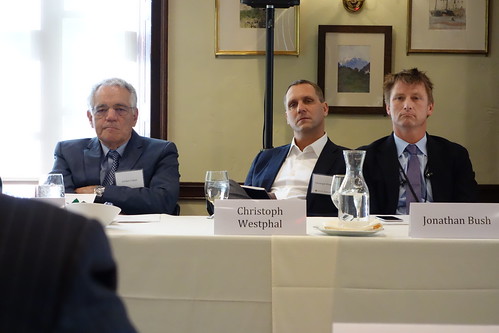There are multiple ways an OER core curriculum product could generate revenue streams.
One is through some kind of membership model through which states, districts, or other partners participate financially in the project in exchange for product development input, review privileges, and piloting support, as well as possible discounts on fee-based products or services after the product is released. NROC has followed such a model to supplement its stream of philanthropic funding.
Another model is to charge adopting districts in a way that is similar to how they pay for other products. Here are some options for that:
Option 1 – Free digital curriculum plus fee-based services, which could include:
- Curriculum customization – This could be a customization for particular state standards, to “fill out” the product offering, or to customize for district needs based on assessment data.
- Electronic product customization – This would involve reformatting of content for whatever LMS and/or devices a district might want to use, such as Moodle, Blackboard, Edmodo, etc., as well as for mobile devices or other uses.
- Professional development and support – This could include face-to-face workshops, video-based workshops, membership in a support community, etc.
- Ongoing product support
- Summative and formative assessments – This is not included in most OER offerings and is often offered as an additional sales item (either by the basal publisher or by another organization) even for traditional curriculum.
The pros and cons for this model are as follows:
| Pros | Cons | |
| For the district customer |
|
|
| For the publisher |
|
|
Option 2 – Complete product bundle sold at a package price*, which might include some combination of the services listed in option 1 above, as well as any of the following:
- Print on demand – Core curriculum, teacher materials, and/or ancillaries delivered in a print format. [Printed books are still required by many districts, including not only those that don’t have sufficient technology infrastructure, but also those for whom equity in home use is a concern. There have been lawsuits around this issue that make this a necessity in many places.]
- Ancillaries – Additional “all rights reserved” support products, which could come from a variety of sources. [Commercial core curriculum products are typically bundled with a large assortment of ancillaries, while OER often does not include these.]
- Hardware and software – Curriculum reformatted if necessary and pre-installed on student mobile devices, which could be included in the overall price.
*It is understood that the curriculum would also be available digitally for free.
| Pros | Cons | |
| For the district customer |
|
|
| For the publisher |
|
|
Option 3 – Per student fee for all materials and services for duration of contract
This is similar to Options 1 or 2 but is positioned in a different way. (It is understood that the curriculum would also be available digitally for free.)
| Pros | Cons | |
| For the district customer | Same as Option 2, plus:
|
Same as Option 2, plus:
|
| For the publisher | Same as Option 2, plus:
|
Same as Option 2, plus:
|
Option 4 – Membership
This model involves states or districts purchasing a yearly membership priced on a per student basis. As a part of this membership, customers could receive premium services such as input into the development process, video-based professional development, priority support, and/or a discount off other product and service offerings.
This model might fit best if there are significant ongoing and growing service components to the product, such as an online learning community that is a “members only” benefit.
| Pros | Cons | |
| For the district customer | Same as Option 2, plus:
|
Same as Option 2, plus:
|
| For the publisher | Same as Option 2, plus:
|
Same as Option 2, plus:
|
Option 5 – Some combination of the above
An important point to emphasize with all of these models is that there is still a significant overall cost savings over commercial product.
Next post: Who does all this?
(This is a part of a series on business models for OER K-12 core curriculum.)





